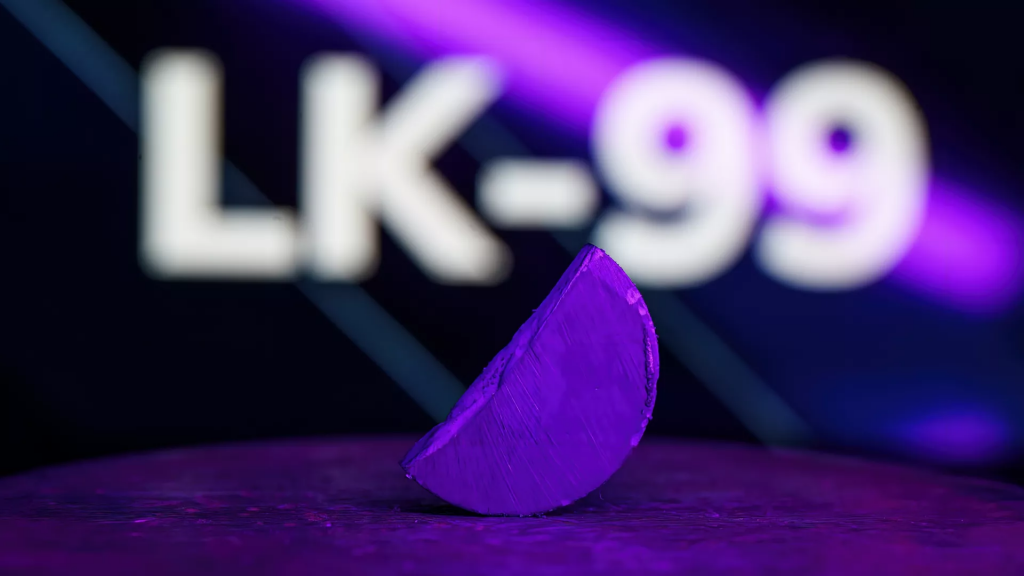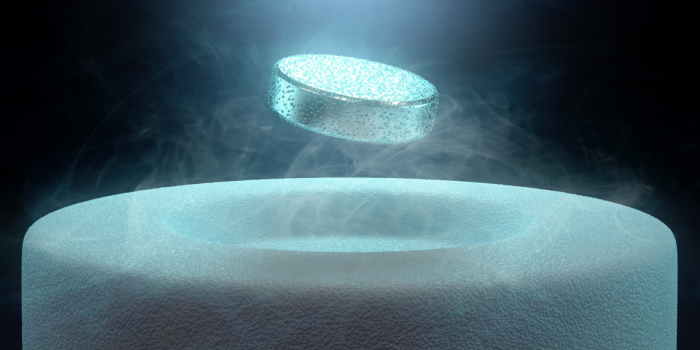The scientific world is abuzz with the controversy surrounding LK-99, a novel substance that has emerged as a potential room-temperature superconductor. However, amidst growing debate, the true nature of LK-99 remains uncertain.
In the wake of Sukbae Lee et al.’s original paper, scientists have embarked on a quest to recreate LK-99 and test its properties for signs of superconductivity. This pursuit has led to contradictory outcomes, raising questions about whether LK-99 is a significant discovery or a mirage.
Research teams from China, Taiwan, and India have raised doubts about LK-99’s superconducting capabilities. The University of Maryland’s Condensed Matter Theory Center conveyed a sad conclusion, suggesting that the hopes for LK-99 as a superconductor may be unfounded. Their assessment was based on studies from these teams indicating that LK-99 might not possess the anticipated properties.
However, these definitive assessments must be taken with caution. The synthesized versions of LK-99 used in these studies may differ from the original material, leaving room for uncertainty. Reports from other sources still assert the successful replication of Lee et al.’s claims.

Kapil Kumar et al., a group of Indian scientists, observed an absence of superconductivity and high resistance in their LK-99 sample. This unexpected outcome contradicted the expected behavior of a superconductor. While their sample exhibited diamagnetic properties at a specific temperature, this alone doesn’t confirm LK-99’s superconducting nature.
A separate team from Taiwan’s National Taiwan University conducted live experiments on YouTube, revealing diamagnetism but failing to demonstrate superconductivity. Professor Wang Limin acknowledged the presence of diamagnetic behavior but dismissed the superconducting aspect. Nonetheless, the group remains committed to ongoing research.
Diamagnetism, where a substance repels both magnetic poles, has been showcased in videos allegedly featuring LK-99. These clips suggest magnetic levitation, a property associated with superconductors. However, the scientific community, exemplified by the Condensed Matter Theory Center, emphasizes that diamagnetism isn’t unique and can occur in various materials.
In contrast, Peking University’s International Center for Quantum Materials researchers revealed soft ferromagnetic components in LK-99, causing it to “half levitate.” Despite this, the critical indicators of superconductivity—the Meissner Effect and zero resistance—remained undetected in their study.

While these findings cast doubt on LK-99’s viability as a superconductor, it’s essential to recognize the variability in synthesized samples. A potential resolution involves obtaining LK-99 samples from the Korean researchers responsible for the initial claims. Reports suggest that such an exchange is underway, as Korean researchers send samples to physicists at Virginia University for further analysis.
As the controversy rages on, the true nature of LK-99 remains elusive. The scientific community eagerly awaits further studies and conclusive evidence to determine whether this substance truly holds the key to room-temperature superconductivity or if it’s simply another tantalizing yet unattainable breakthrough.


